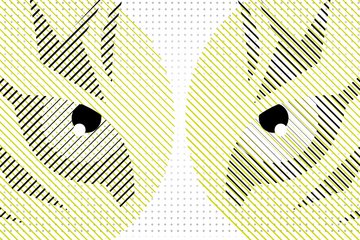When images speak
Emojis and their legal significance
Private Law Gazette 1/2022 - As we come to rely more and more on digital communications, it is impossible to image doing without emojis. Though sometimes the bias still sticks that emojis are only for informal messaging, today their use is immensely popular – even in work and business settings. “Emojis fill a gap in digital discourse,” says Matthias Pendl, senior research fellow at the Institute. He has studied the legal dimensions of emojis and published several scholarly works about them.

Matthias Pendl’s writings draw on psycholinguistic research to show how emojis in written exchanges stand in for the gestures, intonation, facial expressions, and other non-verbal elements of live conversation. But to a certain extent, their meaning is inherently ambiguous. Pendl explains how the particular way in which emojis are used, and the type of understanding that goes along with it, can vary significantly according to user-specific factors like age, gender, and cultural context.
When lawyers find themselves confronted with emojis, it is usually in the context of evaluating the legal consequences of a written statement. Interpreting the message one or more emojis convey is a major challenge. “While almost everyone knows and uses these colourful faces and symbols, sometimes it’s not at all clear what they mean or what the recipient will make of them”, according to Pendl. The declarative value of emojis can thus become a key issue, for example in analysing contracts formed via email or messenger app or in assessing the allegedly defamatory character of a posting.
Pendl has examined and evaluated a range of legal subfields as well as judicial decisions from Germany and other jurisdictions in light of the emoji phenomenon. In Pendl’s analysis, German courts have not adhered to a uniform method so far. “Emojis put private law to the test”, he has found. And so part of why he is studying them is to work out satisfactory approaches to emojis that rely on established interpretive doctrines.
As one of the ways we communicate, these digital pictograms are here to stay. And so they will certainly continue to gain legal significance – which is why Pendl also identifies further areas that could potentially give rise to more emoji-related decisions down the road: labour law, or trademarks, for example. In sum, according to Pendl, “Law cannot just slam the door on emojis; they’re something it has to deal with: ⚖️➡️🤔❗️“
Graphic: © Max Planck Institute for Comparative and International Private Law / Johanna Detering












